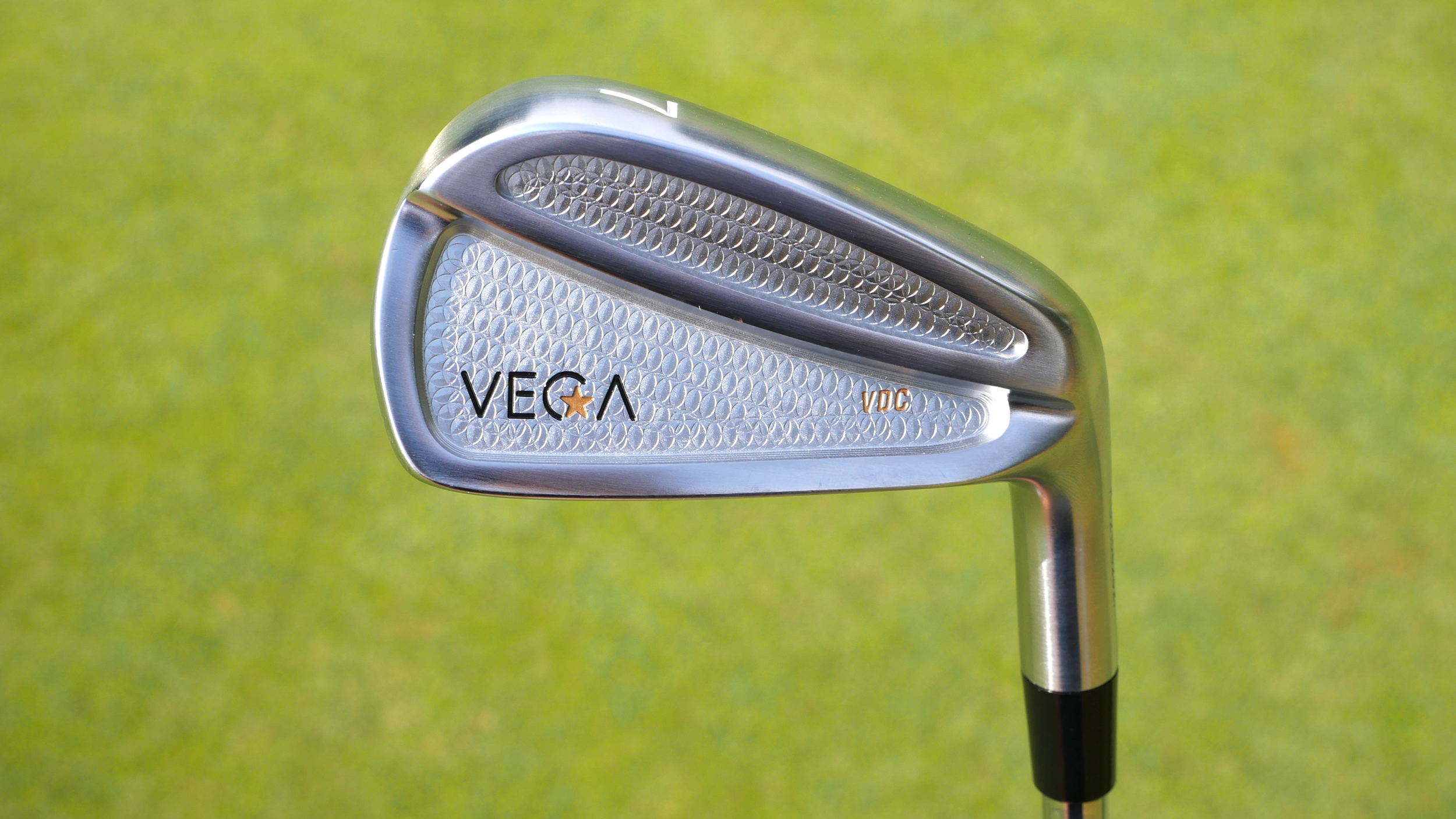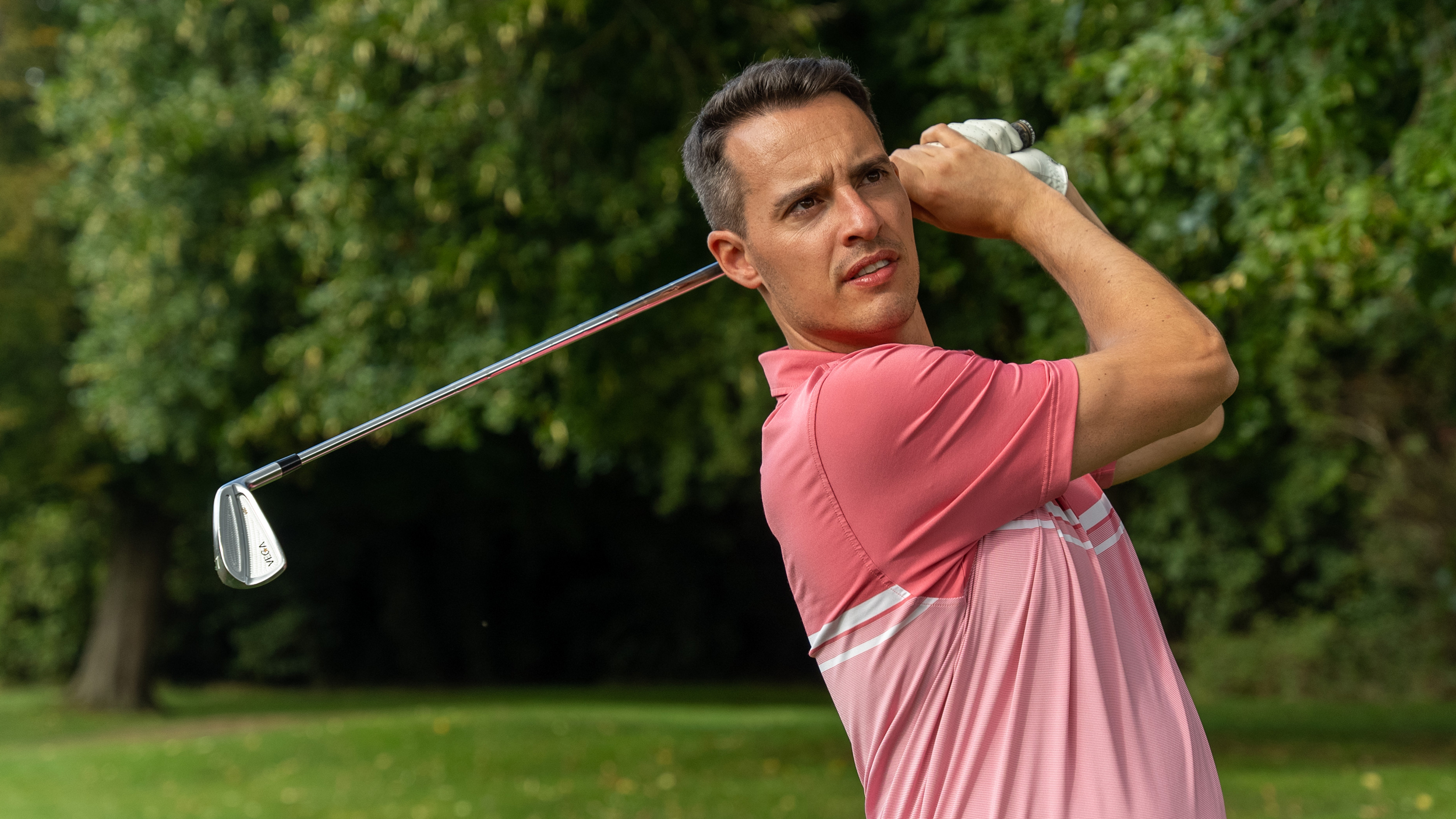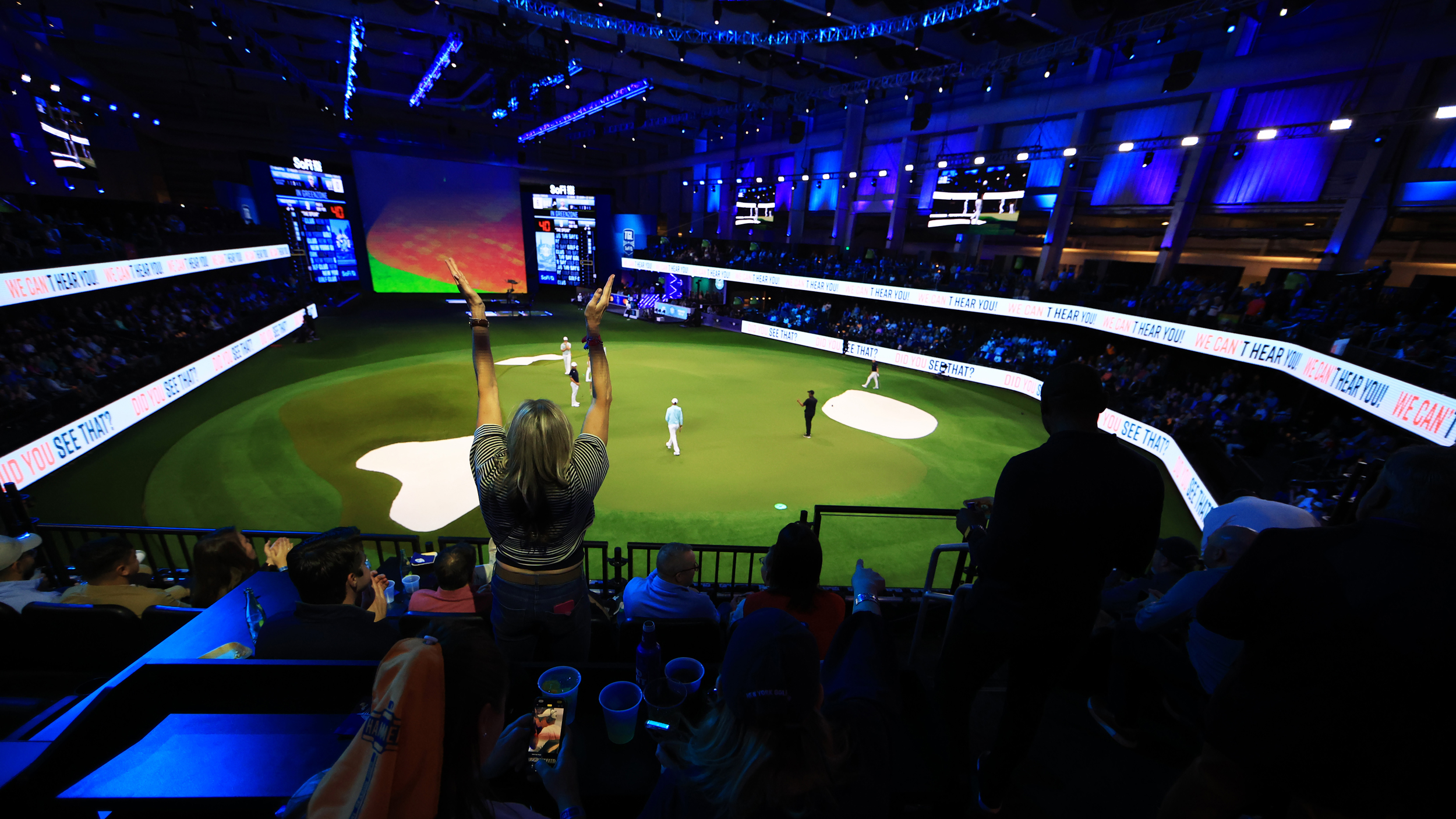Vega VDC Iron Review: The Best Iron You’ve Never Heard Of
Joel Tadman tests the dual cavity iron from this relatively unknown Japanese brand to see what golfers can expect

A forged, compact distance iron that produces a strong, repeatable ball flight. Aimed at competent players, the Vega VDC is undoubtedly an underrated model feel players looking for more speed should consider.
-
+
Soft yet springy feel
-
+
Low trajectory is easier to control
-
+
Plenty of distance
-
-
Unusually strong lofts
-
-
Limited margin for error through the turf
Why you can trust Golf Monthly

Vega VDC Iron Review
Vega may not be a brand you’re too familiar with, I also cannot claim to know a whole lot about the Japanese company but I’m aware it was started by a samurai craftsman in his hometown of Ichikawa, where it still mostly exists today. It is at the Kyoei forging house where its clubs are made and if the Vega Alcor Tour wedge we recently tried was anything to go by, expectations were rightly high.
The VDC (dual cavity) is the middle of three iron models that form the Classic line, which also features an MB blade and VSC (shallow cavity). Interestingly, all three of these irons have the same lofts and are pitched quite strong (31° in the 7-iron), which is unusual in irons that looks like they're aimed at the better player, especially in the case of the VMB and VDC.

This one-piece forged iron is unquestionably a looker. It boasts an intricate circular milling on the back inside the two cavities, bolstering the premium appeal. At address, it’s compact with barely any offset but with a mid-size top line to boost confidence and distinguish it from the VMB.
This iron feels like no other I’ve tried among the best irons for low handicappers. Dense but springy, it has the sound of a blade but the energy of a cavity back iron. The numbers on the GCQuad launch monitor reflected this powerful sensation, producing ball speeds close to 120mph in the 7-iron and an average carry of 169 yards. That said, it’s three degrees stronger than my current TaylorMade P770, but only flew five yards further. Reassuringly, it doesn’t send the ball too far in that it would create gapping issues, but the lofts are still somewhat bemusing given the target player. The consistency of the ball speed and distance was amazing - get in the zone with these irons, like I was in testing, and the numbers will repeat themselves time after time. I hit ten shots and my distances ranged from 167-170 yards.

The website suggests these irons have a higher CG and the ball flight I witnessed backed this up. The trajectory was lower than most compact distance irons, which I actually quite liked - I felt like I had more control in the wind and it didn’t seem to prevent the ball from stopping on the green.
The other point to note about the hitting experience is the turf interaction. The sole is narrow and there isn’t much camber to it, which means you’ve got to be precise with your ball striking. My divots were longer and deeper than I was accustomed to, making me feel like a tour player for at least an hour or so. While the margin for error through the turf is small, off-centre there’s enough leeway to get away with a slight off-centre strike. It you tend to use a lot of the face, this iron probably isn’t for you, but if you zone in on and around the sweet spot you’ll get on just fine with the Vega VDC.
There is a decent online fitting tool on the Vega website for you to customise your set. The 4-PW set in the Shimada Steel Taper Tour shaft I had would cost you £1,645. So they’re premium, but not to the level of the new Callaway Great Big Bertha irons. Admittedly, the Vega VDC irons aren’t laden with tech, but for feel player that wants a little more distance, they’re a marriage made in heaven.
Get the Golf Monthly Newsletter
Subscribe to the Golf Monthly newsletter to stay up to date with all the latest tour news, equipment news, reviews, head-to-heads and buyer’s guides from our team of experienced experts.

Joel has worked in the golf industry for over 15 years covering both instruction and more recently equipment. He now oversees all equipment and video content at Golf Monthly, managing a team of talented and passionate writers and presenters in delivering the most thorough and accurate reviews, buying advice, comparisons and deals to help the reader or viewer find exactly what they are looking for.
One of his career highlights came when covering the 2012 Masters he got to play the sacred Augusta National course on the Monday after the tournament concluded, shooting a respectable 86 with just one par and four birdies. To date, his best ever round of golf is a 5-under 67 back in 2011. He currently plays his golf at Burghley Park Golf Club in Stamford, Lincs, with a handicap index of 3.1.
Joel's current What's In The Bag?
Driver: Titleist GT3, 9°, Fujikura Ventus Black 6 S shaft.
Fairway wood: Titleist TSR3, 15°
Hybrid: Titleist TSi2, 18°
Irons: Titleist T150, 4-PW
Wedges: Titleist Vokey SM10, 50°, 54° and 58°
Putter: LAB Golf DF3
Ball: 2025 Titleist Pro V1x
-
 'There's No Secret We're Working On That' - TGL Boss Reveals Plans For Multiple Key Changes To Tech League
'There's No Secret We're Working On That' - TGL Boss Reveals Plans For Multiple Key Changes To Tech LeagueTMRW Sports co-founder and CEO, Mike McCarley has shared TGL is looking at adding a women's league as well as another team to the men's competition
By Jonny Leighfield Published
-
 What Is The Cut At the Chevron Championship?
What Is The Cut At the Chevron Championship?The first of five women's Majors of the year, what do players need to do make the cut at the Chevron Championship?
By Paul Higham Published
-
 Yani Tseng Won Five Majors Putting Right-Handed, But Now She's Flipped Sides - Here's Why...
Yani Tseng Won Five Majors Putting Right-Handed, But Now She's Flipped Sides - Here's Why...A dominant force in the women's game 15 years ago, Tseng has lost her way since and is now employing a "last resort" putting tactic in order to play well again
By Jonny Leighfield Published